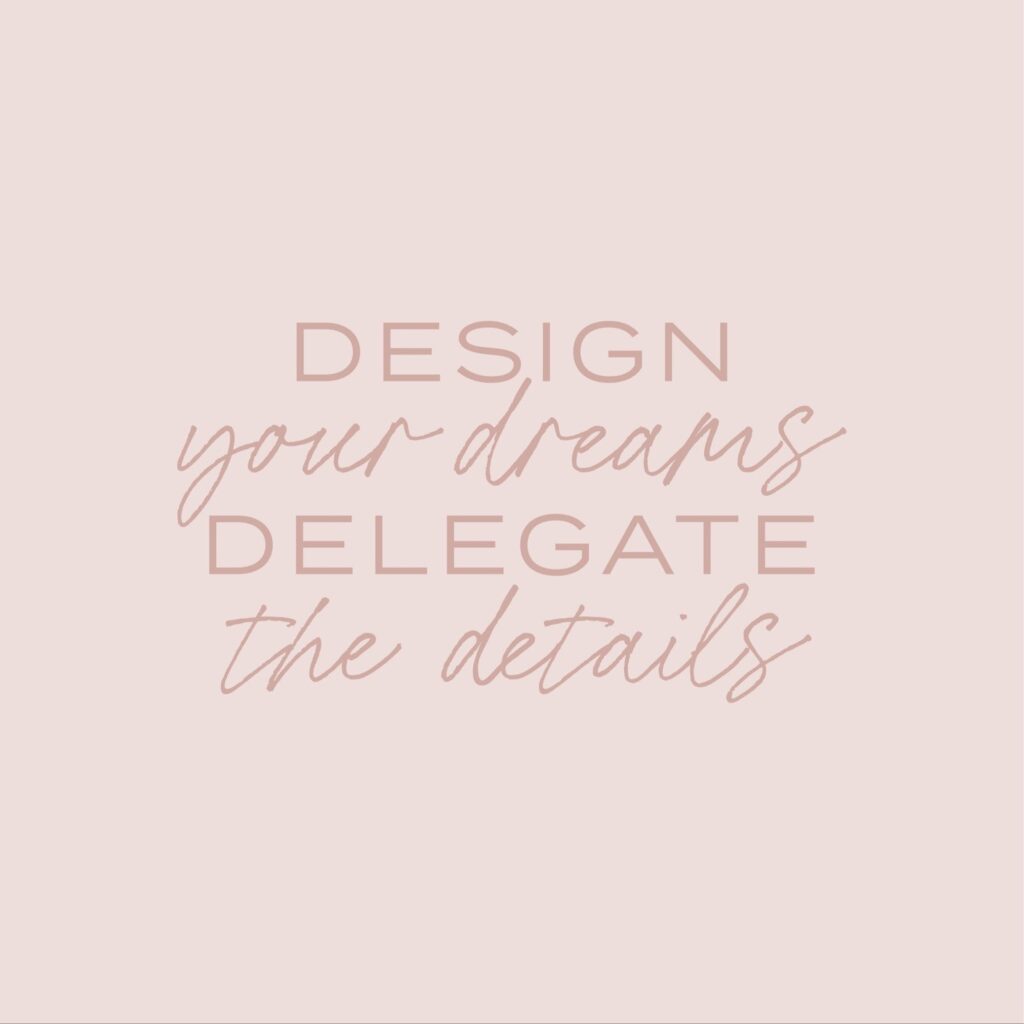business hacks
Client Case studies
Managing a team
Productivity
As your Interior Design Virtual Assistants, we specialize in delivering administrative, operational, and design support that allows you to spend less time scrambling and more time designing.
Welcome to
MC Virtual Assistants
We know that Interior Designers juggle numerous responsibilities, from creating beautiful aesthetics to managing budgets and deadlines. The art of delegation is a vital skill for staying on top of these tasks and ensuring your projects run smoothly. And this is where MC Virtual Assistants comes in! Working with a Virtual Assistant can be a game-changer in this regard, provided you understand how to effectively delegate (which is often the challenge!). In this blog, we’ll explore the benefits and best practices of delegation when collaborating with VA’s.

So why delegate? Delegating tasks to a VA can free you from time-consuming administrative work, allowing you to focus on your design creativity and client interactions. Here are some compelling reasons to delegate:
Time Efficiency:
Delegate routine tasks like email management, scheduling, and research, so you can devote more time to your core design work.
Scalability:
We offer the flexibility to scale up or down according to project demands, ensuring you have the right support when you need it.
Cost-Effective:
Virtual Assistants can be a cost-effective solution compared to hiring in-house staff with benefits and office space costs.
Expertise:
Our VA’s here at MCVA all have experience working in the Interior Design Industry, with specialized skills, from sourcing to procurement which can be valuable in enhancing your business. We can find your perfect match!
Below is a some step by step guide on how to delegate and master it effectively:
1. Set Clear Objectives and Goals:
Before you delegate, you must have a clear understanding of what needs to be delegated and accomplished. Take a moment to look at your tasks, and see what you don’t like doing or isn’t a good use of your time to establish exactly what can be handed over. Typically a good place to start is something small such as email correspondence, invoicing or product tracking.
2. Define the Task:
Clearly articulate the task, including its scope, purpose, and any constraints. Use specific language and provide all relevant information. Be sure to answer the “who, what, when, where, why, and how” questions.
3. Set Expectations:
Discuss your expectations, including quality standards, deadlines, and any relevant guidelines or policies. Make sure your VA understands what success looks like.
4. Empower and Trust:
Give your Virtual Assistant the autonomy to complete the task. Avoid micromanaging, as it can hinder productivity and damage trust. Trust in their abilities and judgment and be available to answer questions as needed.
5. Provide Resources:
Ensure that your VA has the resources they need to complete the task. This may include access to information, tools, softwares, and any other relevant information.
6. Support and Communication:
Maintain open lines of communication. Be available for questions, concerns, or clarifications. Regular check-ins can help track progress and address issues.
7. Monitor Progress:
Keep an eye on the task’s progress without being overbearing. Check in periodically, review milestones, and offer guidance or assistance as needed.
8. Feedback and Recognition:
Offer constructive feedback on the work done. Recognize and appreciate the effort and achievements. If there are areas for improvement, provide guidance for future tasks.
9. Adjust and Learn:
Use the feedback and experience gained to improve your delegation process. Adjust your approach and strategies based on what you’ve learned.
Conclusion
For interior designers, delegation is more than just passing off tasks; it’s a strategic move to enhance efficiency and productivity. Virtual assistants can be your secret weapon, providing the support you need to elevate your design business. By following best practices and fostering trust, you can unlock the full potential of your partnership with your VA, allowing you to focus on what you do best, designing your dreams!

